40 Years Later, Air India Bombing Survivors Demand Global Action on Khalistan Terror
Award-winning Canadian journalist Terry Milewski, author of Khalistan: A Project of Pakistan, revealed irrefutable evidence linking the Khalistan movement to Pakistan’s ISI.
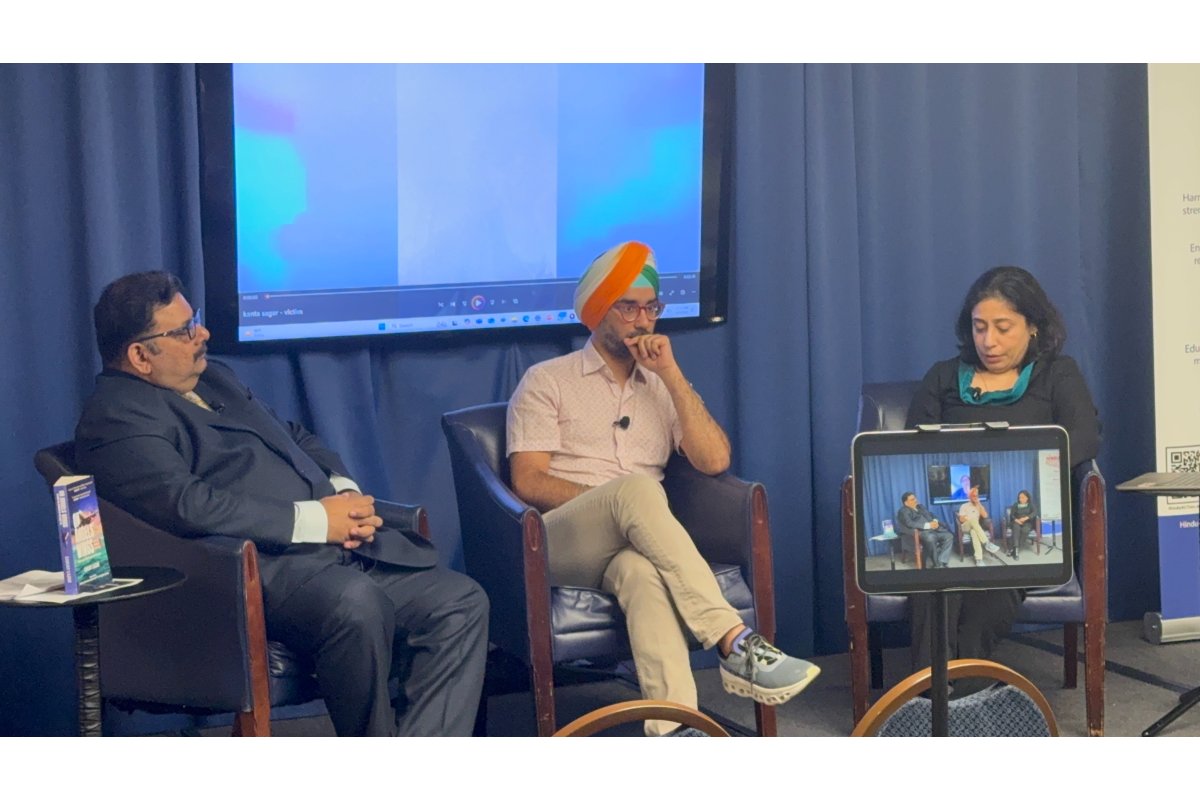 Survivors, scholars, and journalists attended the commemorative event / Photo courtesy of Lalit K Jha
Survivors, scholars, and journalists attended the commemorative event / Photo courtesy of Lalit K Jha
Forty years ago, a bomb ripped through Air India Flight 182 midair, killing all 329 passengers and crew aboard in what remains the deadliest act of aviation terrorism in North American history before 9/11.
On June 3, survivors, scholars, and journalists gathered at the National Press Club in Washington, D.C., at a commemorative event titled "40 Years Since the Kanishka Bombing: Lessons from the Largest Terror Attack in North America Before 9/11" not just to remember the victims—but to issue a sobering warning: the forces behind that attack are not relics of the past, they are emboldened, active, and global.
This post is for paying subscribers only
SUBSCRIBE NOWADVERTISEMENT
ADVERTISEMENT
E Paper
Video



 Lalit K Jha (5WH)
Lalit K Jha (5WH)
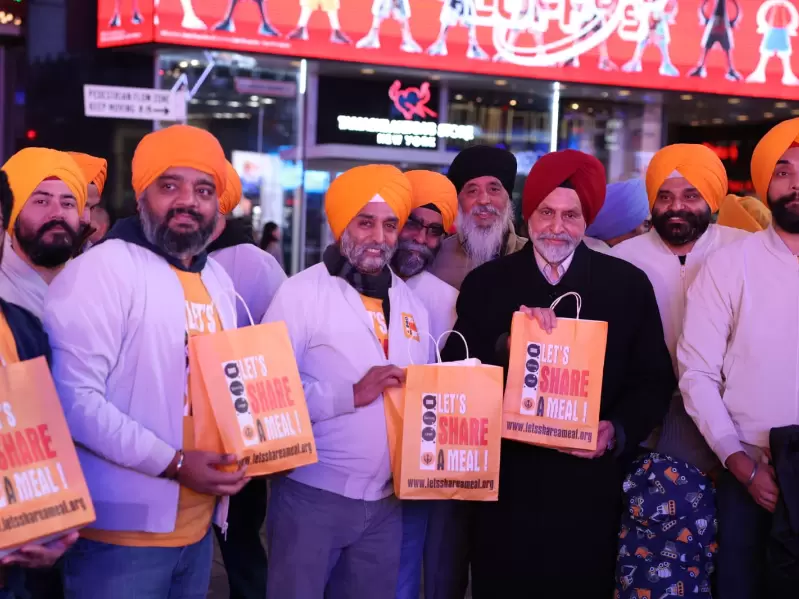
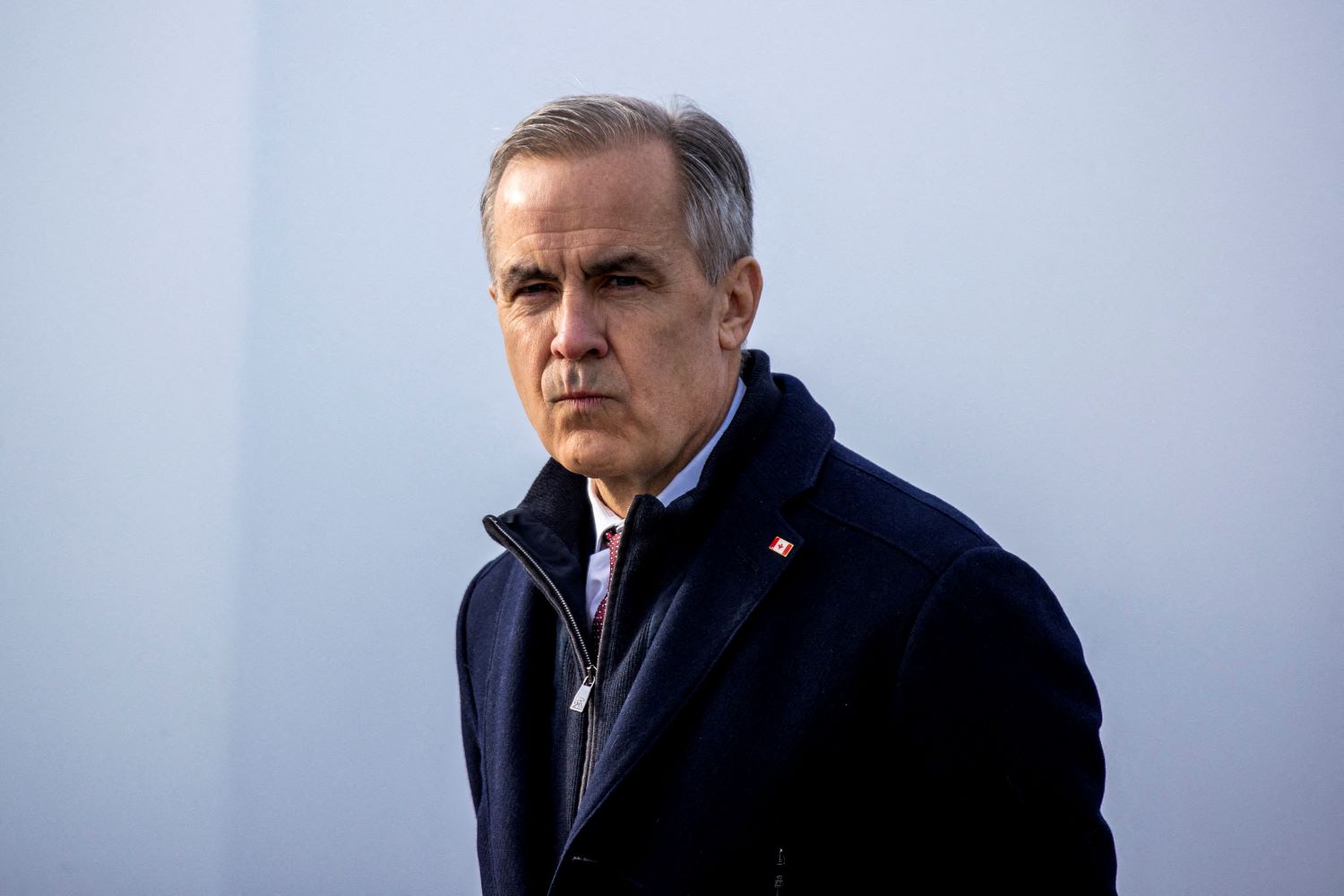
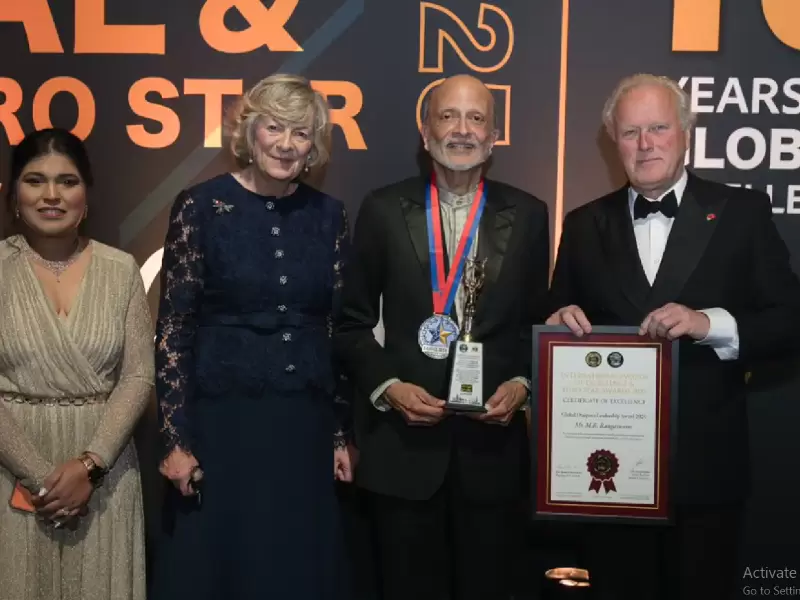




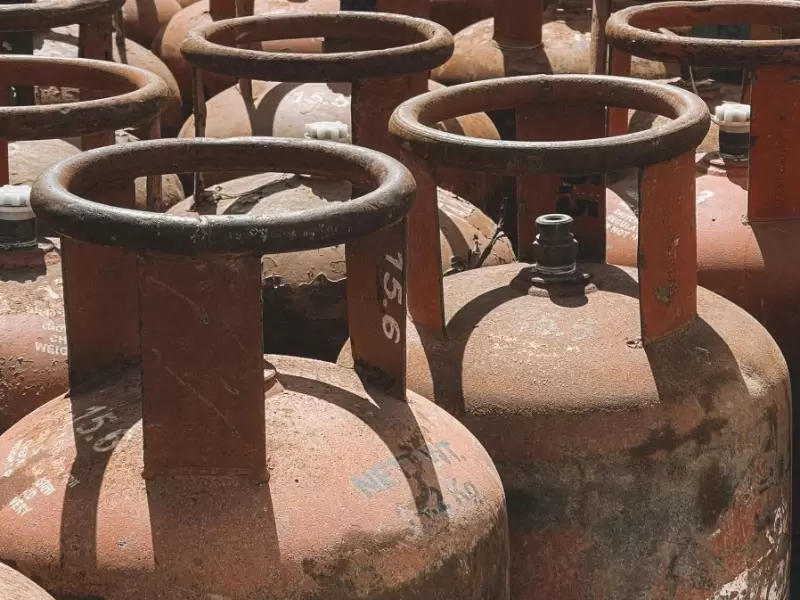


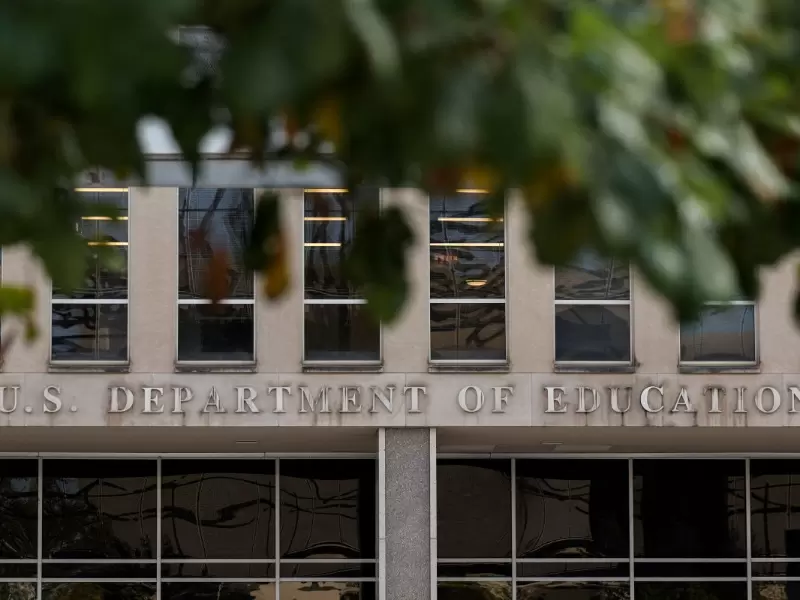

Comments
Start the conversation
Become a member of New India Abroad to start commenting.
Sign Up Now
Already have an account? Login